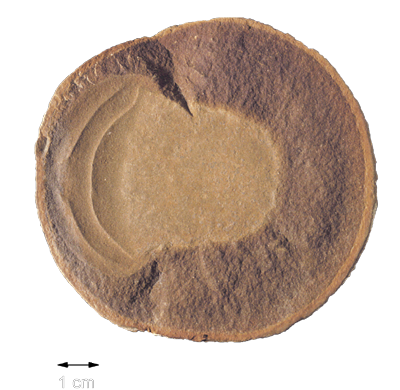What Is a Fossil? (part 3)

Molds and Casts
Fossils are often only an impression of the original plant or animal.
When mud fills and hardens in an empty shell, an internal mold is created.
If the exterior of the shell is pressed into mud, the resulting impression is called an external mold.
A cast (replica) of the original shell is produced when mud fills and hardens in the cavity of an external mold.
How a Concretion Forms:
A flooded river carries a large quantity of mud out to sea. The mud rapidly
buries plant and animal parts carried out by the river and sea organisms
that live or sink to the sea floor.
Before the buried plant or animal fully decays, bacteria react with the mud on the organism to produce a hard, mineralized rind. The resulting hard, rounded lump is called a concretion. It entombs an impression (mold) of the plant or animal.
The weight of additional mud on top of the first layer squeezes the mud into hardened shale. Concretions collect in streambeds, and remain on the surface of strip mines long after the surrounding, softer shale has weathered away. When split open, the concretions reveal fossilized impressions of long-buried plants and animals.
Click the fossil gallery icon this time to play "Fossil or Not a Fossil?"